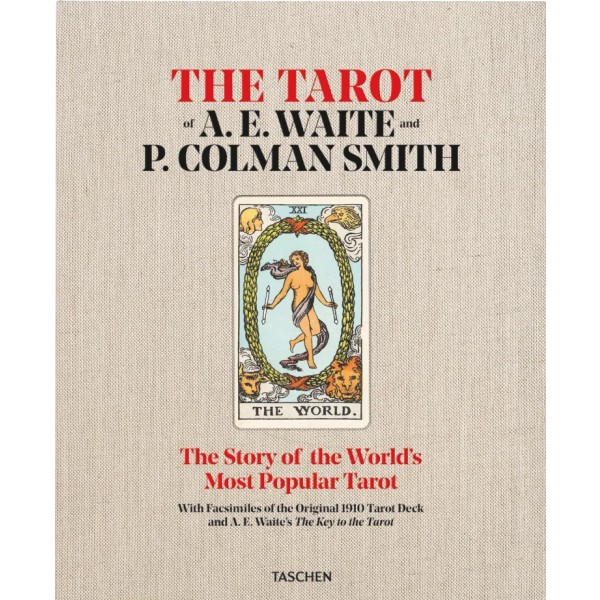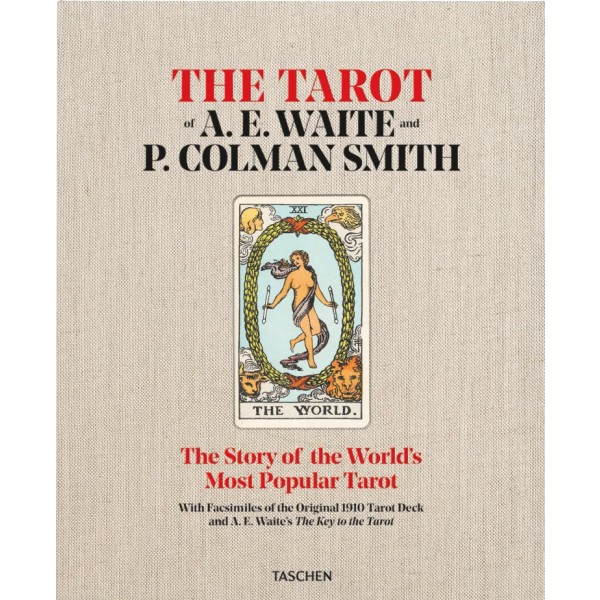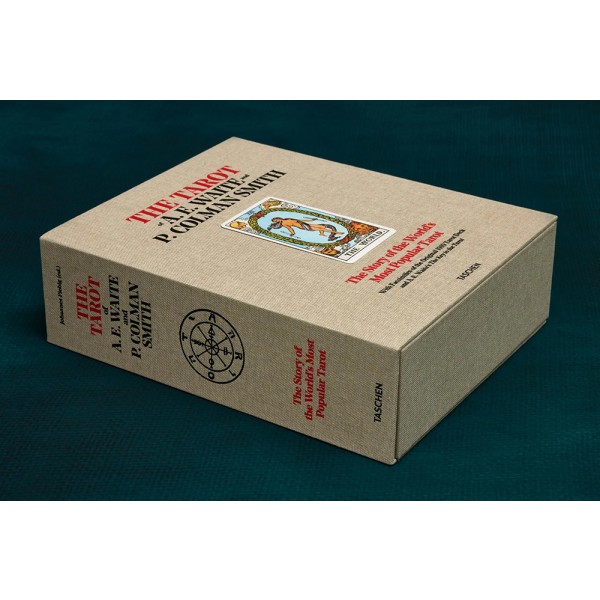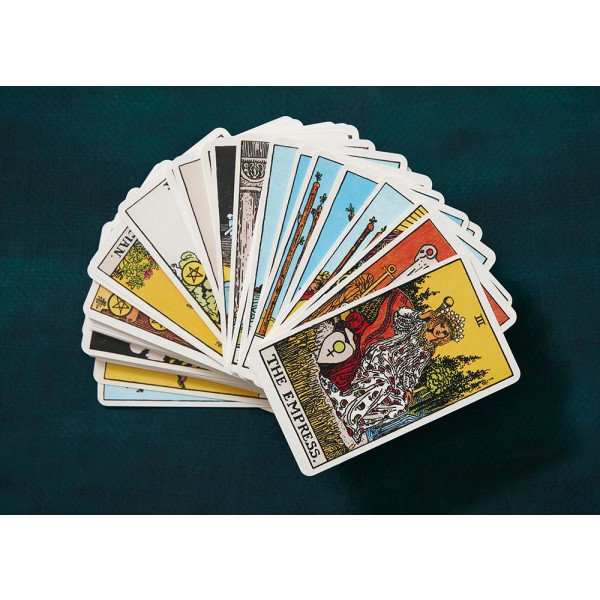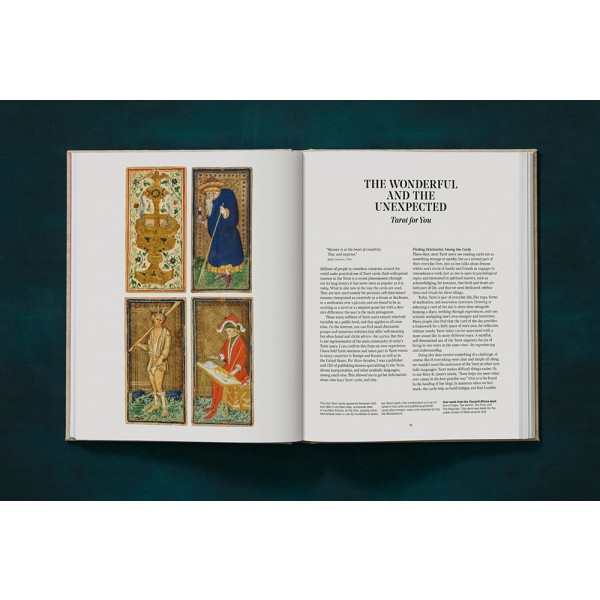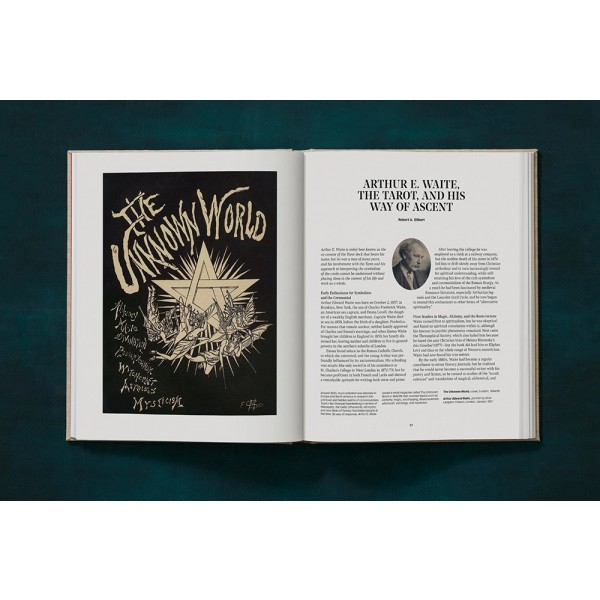The Tarot of P. Colman Smith and A. E. Waite
Johannes Fiebig, Mary K. Greer
Gebonden
444 pagina's
230 x 287 mm
GB
Gebonden
444 pagina's
230 x 287 mm
GB
978-3-8365-8642-9
€ 100,00
Omschrijving
This edition of texts, images, including a set of all Waite Tarot cards provides everything that beginner and advanced Tarot users alike might need and want so they can lay cards for themselves and can study and experience this cultural gem in all its beauty and significance.
When Arthur E. Waite and Pamela Colman Smith developed and implemented their Tarot card deck (also known as the Waite Tarot or Rider-Waite Tarot) in London in 1909, nobody could have foreseen that it would have a renaissance around 60 years later and become very popular with large numbers of people. Today it remains the most widely used Tarot deck in the world.
In this book, the Tarot cards become psychological mirrors that can be used to find new answers and personal solutions. The fact that this works well can be attributed to certain advantages inherent to the Waite-Smith cards, and these points are illuminated in an essay by Rachel Pollack.
All 78 cards—the 56 that belong to the Minor Arcana and the 22 that belong to the Major Arcana—are presented individually and in detail by Johannes Fiebig. The explanatory texts provide several dimensions and levels of interpretation, so readers can discover ever more hints and interrelationships each time they retrace their steps or foray into new interpretative territory. One chapter is devoted to explaining how one can lay cards for oneself. It also includes concrete, practical tips for beginners, advanced users, and professionals. The book includes a new feature, too: the quick check. This provides a concise hint regarding the significance of each card in each possible position of all the spread patterns featured in the book.
Just as interesting as the cards themselves are the lives, works, and passions of their creators. Pamela Colman Smith and Arthur E. Waite are brought vividly back to life in essays by Mary K. Greer and Robert A. Gilbert.
“A path to reality is to be found in images.
I believe that no better one exists.”
—Elias Canetti
When Arthur E. Waite and Pamela Colman Smith developed and implemented their Tarot card deck (also known as the Waite Tarot or Rider-Waite Tarot) in London in 1909, nobody could have foreseen that it would have a renaissance around 60 years later and become very popular with large numbers of people. Today it remains the most widely used Tarot deck in the world.
In this book, the Tarot cards become psychological mirrors that can be used to find new answers and personal solutions. The fact that this works well can be attributed to certain advantages inherent to the Waite-Smith cards, and these points are illuminated in an essay by Rachel Pollack.
All 78 cards—the 56 that belong to the Minor Arcana and the 22 that belong to the Major Arcana—are presented individually and in detail by Johannes Fiebig. The explanatory texts provide several dimensions and levels of interpretation, so readers can discover ever more hints and interrelationships each time they retrace their steps or foray into new interpretative territory. One chapter is devoted to explaining how one can lay cards for oneself. It also includes concrete, practical tips for beginners, advanced users, and professionals. The book includes a new feature, too: the quick check. This provides a concise hint regarding the significance of each card in each possible position of all the spread patterns featured in the book.
Just as interesting as the cards themselves are the lives, works, and passions of their creators. Pamela Colman Smith and Arthur E. Waite are brought vividly back to life in essays by Mary K. Greer and Robert A. Gilbert.
“A path to reality is to be found in images.
I believe that no better one exists.”
—Elias Canetti

